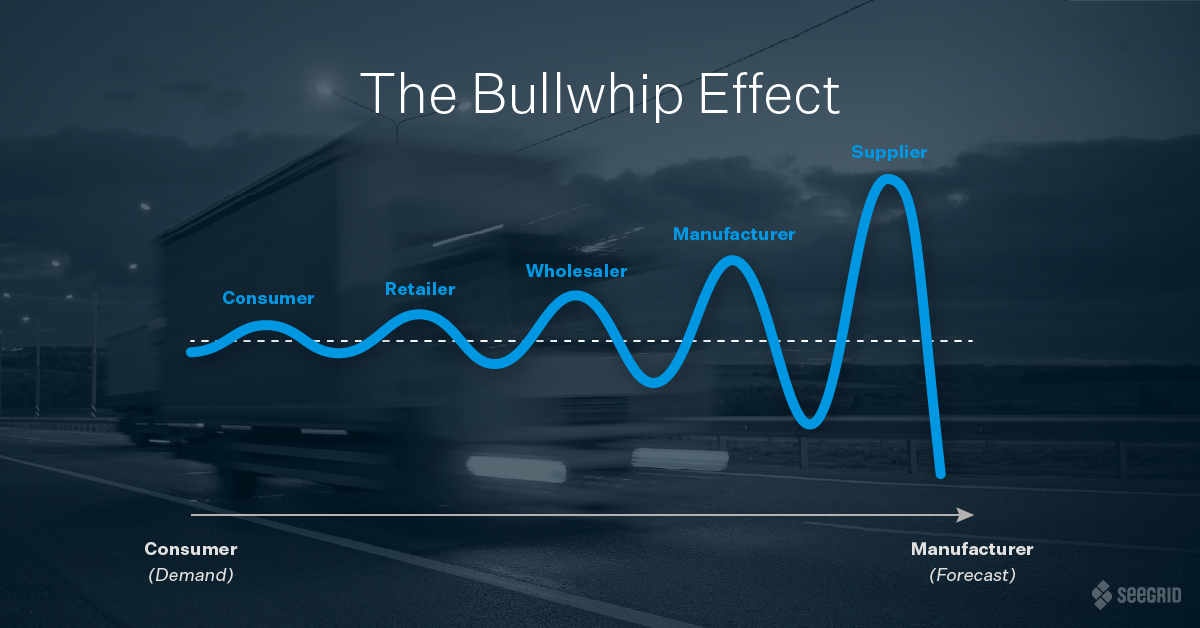This article was originally published in SupplyChainBrain.
What’s the top next-gen technology that’s on strategic agendas across executive war rooms? The answer is automation and robotics, according to a recent survey of more than 800 financial executives from companies worth over $1 billion.
Always on the lookout for new competitors, products, and business models that could potentially threaten their market share, these leaders are looking to automation to proactively gain a competitive edge.
It’s a smart move — automation can help companies make immense gains in productivity, efficiency, and safety. However, the key to achieving the full benefits of automation is to leverage the strengths of both robots and humans. Advancements in automation technologies are making the biggest impact when humans and robots work productively together in everyday business environments.
For executives, it’s imperative to evaluate and monitor financial returns gained from both automation and their human workforce.
Here are a few recommendations on how to approach deployment, evaluate where automation can be most successful — and determine where you should continue to rely on human talent.
Start small to build momentum.
Implementing any large-scale application is weighed down in time and cost, and poses challenges for those humans who are resistant to change. Instead, companies should incrementally add automation to their workforce to avoid making a huge investment that turns out not to work the way it was envisioned. Start small and test out automation slowly, so the team can see the benefits and contribute to the process.
For higher success rates, choose robots that easily integrate into existing environments without requiring an additional budget for infrastructure changes. Test, measure and compare results, judiciously addressing specific needs and processes. With a proven (and painless) win, you gain momentum to automate more over time.
Assign robots specific, repetitive tasks.
In many cases with manufacturing, consistency is key. This is especially the case in production efforts when a multiformity of approaches leads to inconsistency and lack of predictability. When a robot is assigned a specific task, it will do the task that it is assigned, without variance.
When it comes to manufacturing, specific, mundane tasks can be automated — freeing workers to do higher-value and more enjoyable work.
While it may sound fantastical, the sentiment that robots will eradicate all jobs is out there. When up against labor regulations, salary and benefit requirements, a high number of retiring skilled workers, trouble filling open jobs, and retention problems, circumventing human workers altogether may be tempting for C-suite executives and senior management. Robots help address many of these issues, but humans still bring massive value to organizations.
Let people lead.
While robots are equipped to increase scale, accelerate production, and to log and process high volumes of data, humans are better suited for roles involving management, decision-making, applying expertise, planning, social interactions, and unpredictable situations. Humans are also better at higher cognitive functions like critical thinking, emotional intelligence, creativity, and leadership. All of the above skills are necessary to innovate, improve performance, and compete in business.
These fundamental differences will ultimately change the composition of human jobs rather than completely eliminate them. In reality, less than five percent of occupations today consist of activities that can be totally automated, according to McKinsey.
Integrate human and robotic tasks.
Often fixed to the floor in cages, industrial robots have historically been separated from humans at manufacturing plants. Conventional wisdom for early generation robotics would be to allocate them to their own dedicated real estate to keep humans safe. However, technological advancements now enable mobile robots to move safely next to humans.
In manufacturing, distribution, and e-commerce, humans are already interacting directly with robots while receiving material at production lines, fulfilling orders, and scanning inventory. When working in conjunction with humans, robots improve speed, quality, and accuracy. They also log and provide real-time data that humans can use to make quick decisions.
Deloitte, which names Amazon and Walmart as using robotics and AI to improve worker productivity and efficiency, acknowledges that “these technologies are most effective when they complement humans, not replace them.”
Executives are facing unprecedented levels of supply chain disruption, and the concern about falling behind is a valid one. Before companies dive headfirst into leveraging automation technology, they should plan out their adoption strategy in order to reap the rewards. Any industry provider seeking competitive advantages would be wise to not only increase the use of robotics and automation — but to also revisit how to best leverage the human workforce and the value they can uniquely bring to the bottom line.

|
READ MORE Here are 5 steps backed by industry analysts that will help you create a connected, smart materials handling environment of the future. |







